Watch Seven Medieval Castles’ Digital Reconstruction
Architects and designers restored royal ruins across Europe to their former glory
/https://tf-cmsv2-smithsonianmag-media.s3.amazonaws.com/filer/1f/29/1f2969b7-707a-4ed3-8f68-ec423116ce52/poenari.gif)
The COVID-19 pandemic has put millions of people’s travel plans on hold, but thanks to digital technology, anyone with an internet connection can virtually traverse continents, cultures and even time periods.
London-based creative agency NeoMam Studios recently released animated images of seven medieval-era castle ruins digitally restored to their prime. Working on behalf of Australian insurance company Budget Direct, the design team created the images with input from architects who studied old blueprints, paintings and other miscellaneous documents, reports Isaac Schultz for Atlas Obscura. Read on for Smithsonian magazine’s roundup of the resurrected fortresses’ fascinating histories.
Samobor Castle
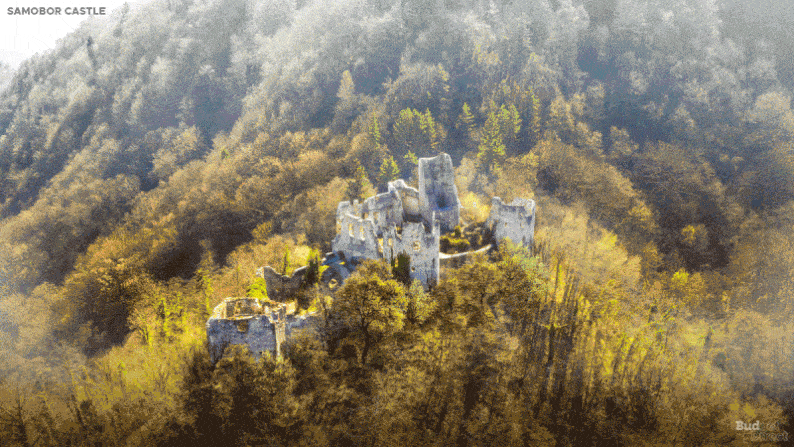
The first of the seven is a castle overlooking Samobor, a small town 15 miles outside of Zagreb, the capital of Croatia. All that remains of Samobor Castle’s original 13th-century structure are the ruins of the fortress’ guardhouse.
Otakar II of Bohemia built the castle in the mid-1200s while fighting Hungary for control of Styria, a state in modern-day Austria. The king seized Styria in 1260 but proceeded to lose much of his acquired land during the 1270s.
The castle remained in use and was even expanded in the 16th century, but it eventually fell into ruin. The town of Samobor bought the property in 1902, per Mental Floss’ Ellen Gutoskey.
Menlo Castle
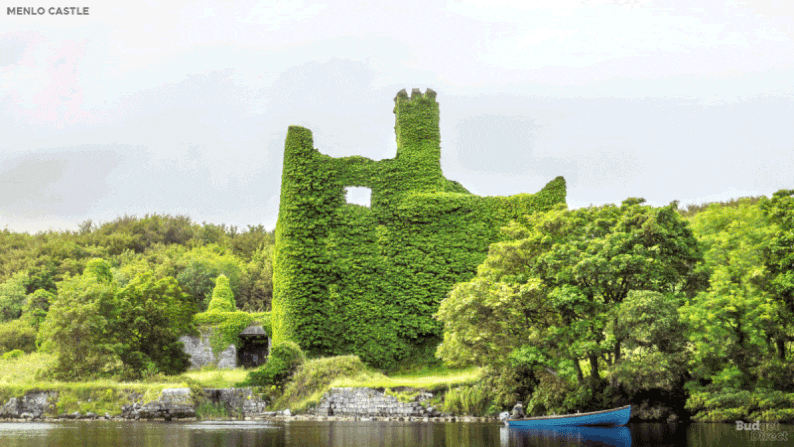
Menlo Castle in western Ireland was built in the 16th century as an estate for the Blake family of English nobles. Though it wasn’t a military fortress, Menlo was equipped with a cannon for defense—just in case. Tragically, a fire destroyed the historic home in 1910, claiming the life of Eleanor, daughter of Sir Valentine Blake.
Today, the castle’s ruins, located off a trail near the National University of Ireland in Galway, are covered in ivy that makes them easy to miss at first glance. Interested parties can view the estate’s front gates in 3-D via Sketchfab.
Olsztyn Castle
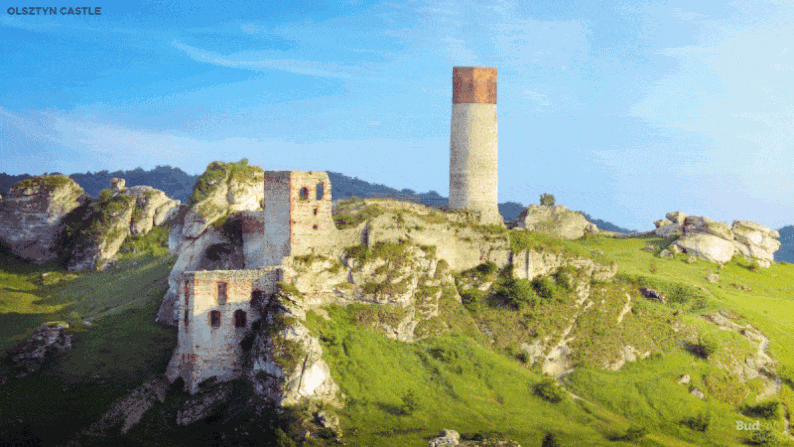
The ruins of Olsztyn Castle—including a gothic tower, several white walls and remnants of pillars—sit on a hill overlooking Poland’s Łyna River. Built in the 1300s to protect the region against incursions by armed raiders from Bohemia and Silesia, the fortification was incrementally renovated over time, with additions including an octagonal brick structure erected at the top of the western tower. Swedish forces ransacked the castle during the mid-1600s, and by 1729, workers had partially demolished its ruins in order to use the building materials for construction of a church.
Spiš Castle
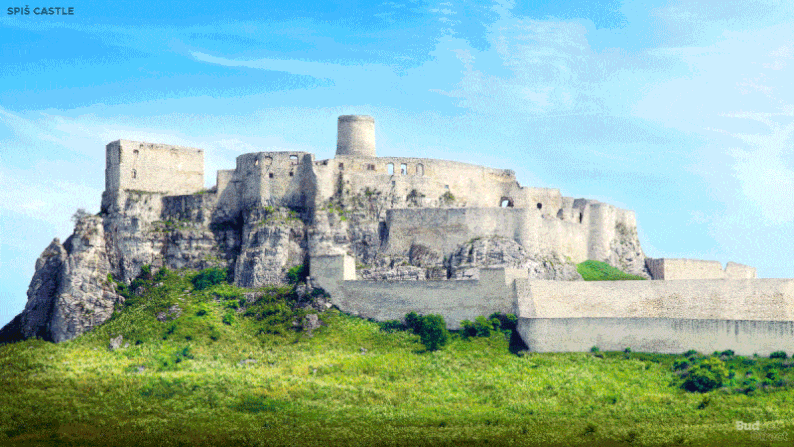
Unesco world heritage site Spiš Castle, originally placed to mark the edge of the Hungarian kingdom, was built in Slovakia during the 12th century. In the mid-1400s, the king gave the castle to brothers Stefan and Imrich Zápolský, who, despite having more than 70 other castles in the family, chose it as their main seat and revived its architecture in the Gothic style. A fire in 1780 destroyed the structure, and subsequent neglect led to its ruin.
Poenari Castle
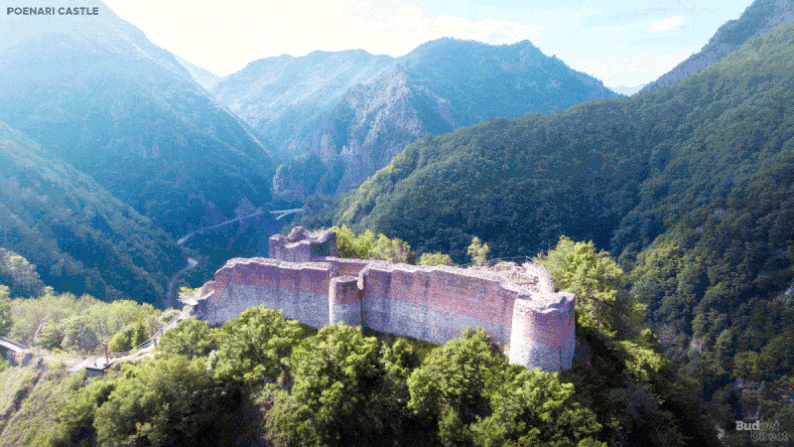
Poenari Castle sits atop a Romanian cliff at an altitude of more than 2,600 feet. Once the home of Vlad the Impaler, the ruthless 15th-century ruler who inspired fictional vampire Count Dracula, the fortress is partially built into the earth and features a maze of passageways designed to ensure easy escape.
Legend suggests that Vlad spotted the fortress while hunting and recognized its potential. When aristocratic boyars refused to fund the renovations he desired, Vlad forced them to build it personally instead.
Dunnottar Castle
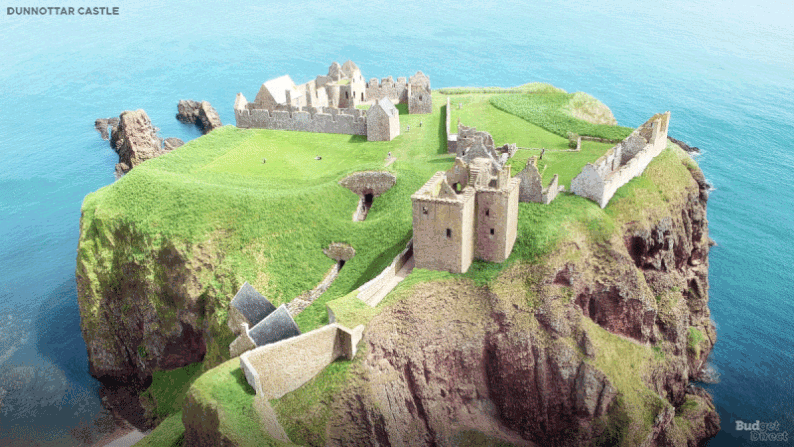
Dunnottar Castle is perhaps best known as the fortress that William Wallace and his Scottish forces reclaimed from English occupation in 1297. But the site’s foundations were first set in Pictish times, or between the fifth and seventh centuries A.D., per the Scottish Field’s Kenny Smith.
The earliest stone structures still standing today were built in the 1300s by Sir William Keith. But the British government seized the castle from the Keiths in 1715, when Earl Marischal George Keith was convicted of treason for taking part in a failed uprising, and in 1717, its new owners, the York Mining Company, removed everything of value from the property.
Château Gaillard
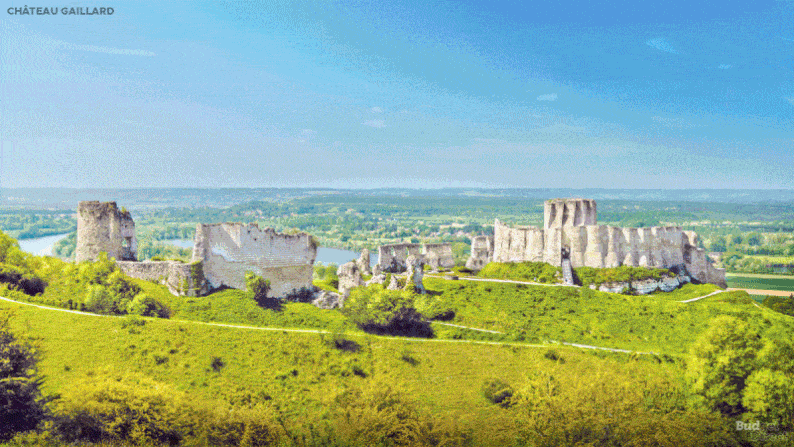
Toward the end of the 12th century, England’s Richard I—also known as Richard the Lionheart—built Château Gaillard in just two years. The castle’s name, Gaillard, has alternately been translated as “saucy,” “cheeky” and “defiant,” as it was built to challenge the French and protect England’s rule over the Duchy of Normandy.
France’s Philip II captured the castle six years after it was built. Following an eight-month siege, French forces collapsed part of the structure and entered the main fortress via its latrines.
The castle changed hands several times throughout the Hundred Years’ War. Left in ruins by the late 1500s, Gaillard was eventually demolished by Henry IV of France, who believed it could be a dangerous rallying point if ever restored.
Luckily, the digital restoration poses no such threat.